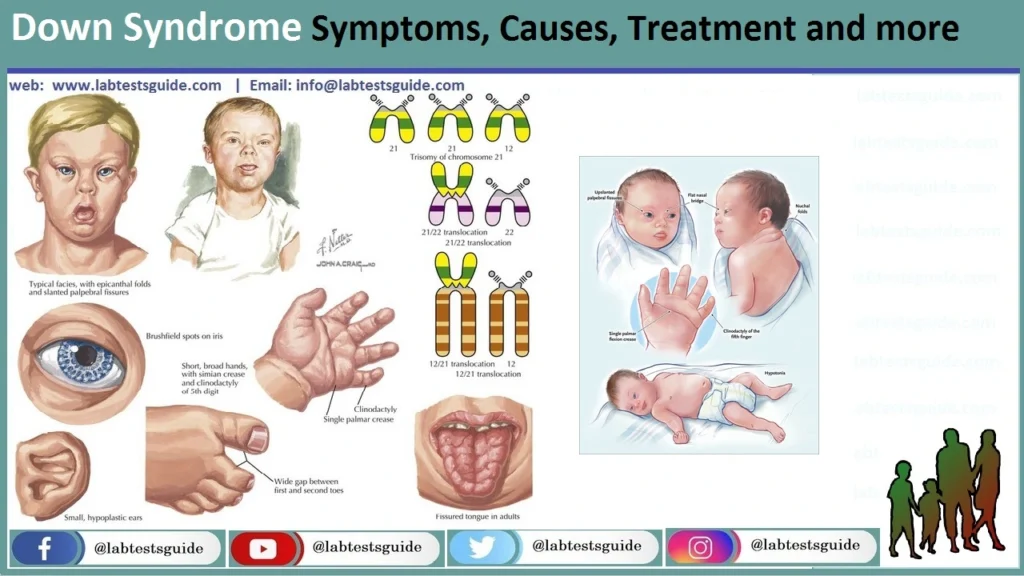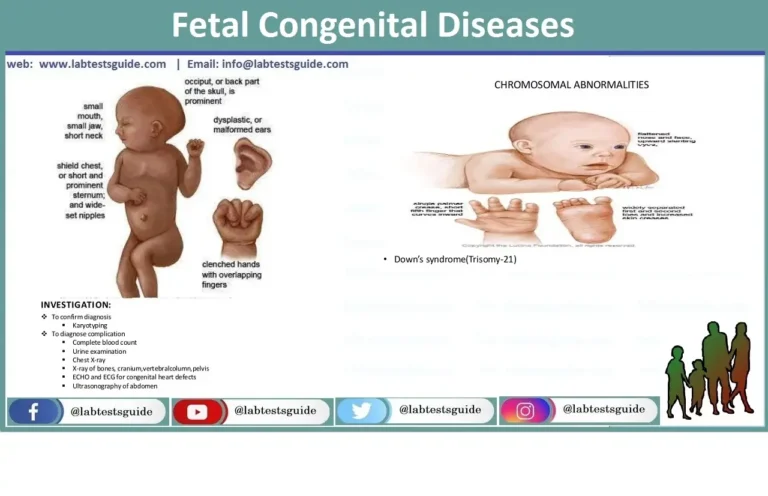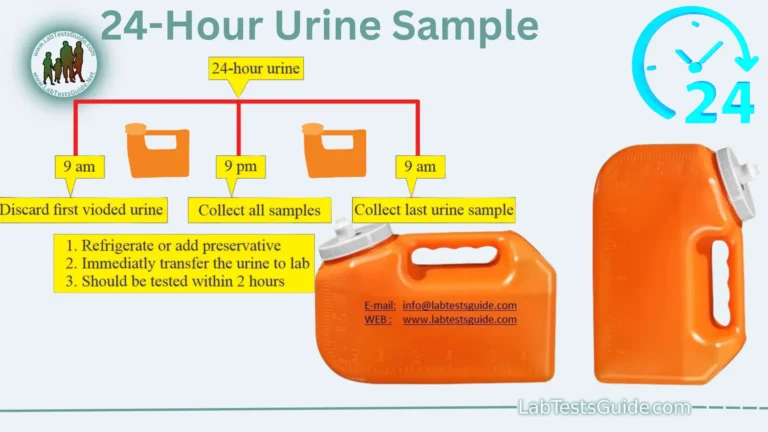Down syndrome is a genetic disorder caused when abnormal cell division results in a partial or full extra copy of chromosome 21. This extra genetic material causes the developmental changes and physical characteristics of Down syndrome.

Down syndrome varies in severity between individuals, causing lifelong intellectual disability and developmental delays. It is the most common genetic chromosomal disorder and the cause of learning disabilities in children. It also often causes other medical abnormalities, including heart and gastrointestinal disorders.
A better understanding of Down syndrome and early interventions can greatly increase the quality of life for children and adults with Down syndrome and help them live full lives.
Types of Down syndrome:
There are three types of Down syndrome:
Trisomy 21
Trisomy 21 means that there is an extra copy of chromosome 21 in each cell. This is the most common form of Down syndrome.
Mosaicism
Mosaicism occurs when a child is born with an extra chromosome in some but not all of her cells. People with mosaic Down syndrome tend to have fewer symptoms than those with trisomy 21.
Translocation
In this type of Down syndrome, children only have an extra part of chromosome 21. There are 46 chromosomes in all. However, one of them has an extra piece of chromosome 21 attached to it.
Symptoms Of Down Syndrome:
Each person with Down syndrome is an individual; intellectual and developmental problems can be mild, moderate, or severe. Some people are healthy, while others have serious health problems, such as severe heart defects.
Children and adults with Down syndrome have different facial features. Although not all people with Down syndrome have the same characteristics, some of the more common characteristics include:
- Flattened face
- Small head
- Short neck
- Protruding tongue
- Upward slanting eye lids (palpebral fissures)
- Unusually shaped or small ears
- Poor muscle tone
- Broad, short hands with a single crease in the palm
- Relatively short fingers and small hands and feet
- Excessive flexibility
- Tiny white spots on the colored part (iris) of the eye called Brushfield’s spots
- Short height
Causes of Down Syndrome:
In all cases of reproduction, both parents pass their genes on to their children. These genes are found on chromosomes. When the baby’s cells develop, each cell is supposed to receive 23 pairs of chromosomes, for a total of 46 chromosomes. Half of the chromosomes are from the mother and half from the father.
In children with Down syndrome, one of the chromosomes does not separate properly. The baby ends up with three copies, or an additional partial copy, of chromosome 21, instead of two. This extra chromosome causes problems as the brain and physical characteristics develop.
Possible References Used







